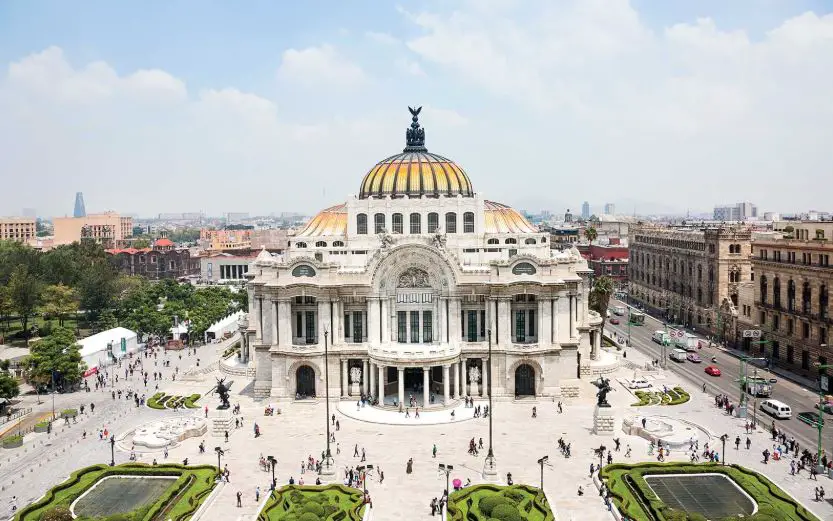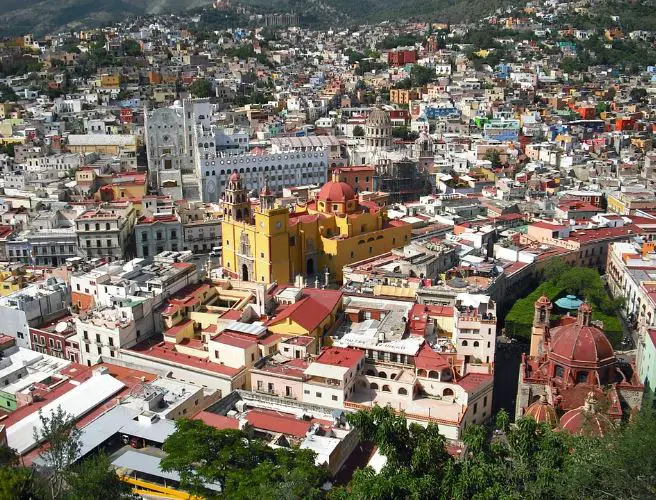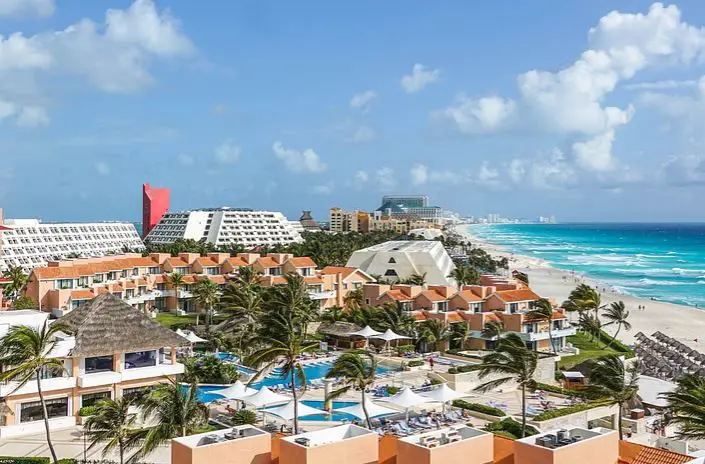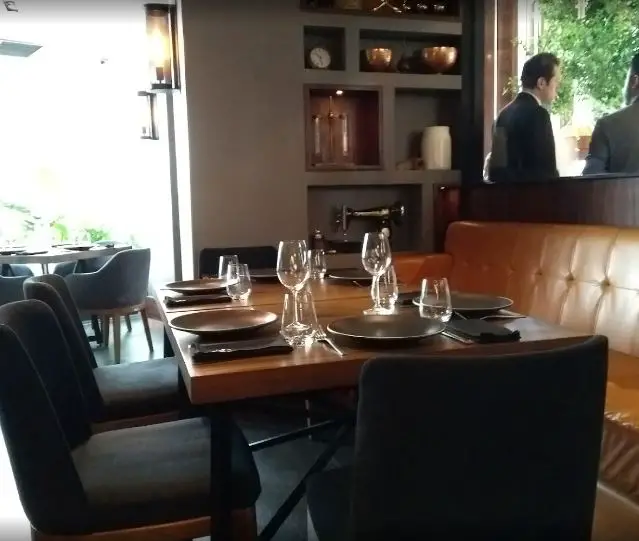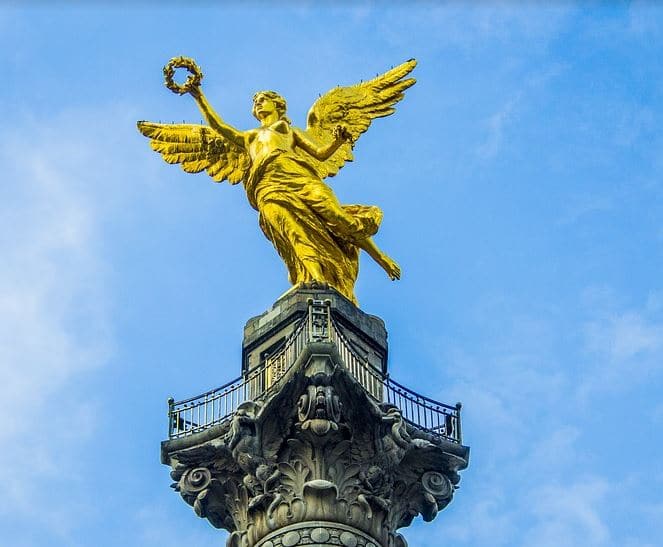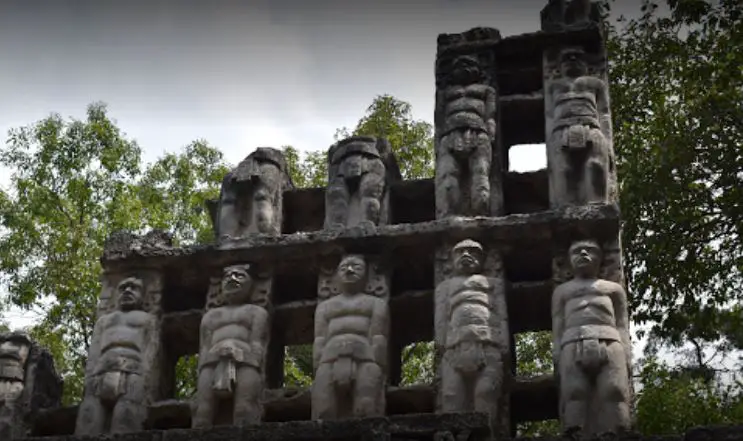How can I learn about the history and significance of Mexican murals?
Post ByAdequate Travel
Summary
Mexico's vibrant murals have long been a symbol of the country's history, culture, and social movements. Learn how these incredible creations came to be and what they mean today by diving into the history and significance of Mexican murals.
Learning about the history and significance of Mexican murals can be a fascinating journey into the country's rich cultural heritage and political history. Here are a few steps you can take to explore this subject in detail:1. Research the Muralism Movement: Start by delving into the Muralism Movement, which emerged in Mexico in the early 20th century. This movement sought to convey the collective Mexican identity, promote social change, and express political messages through large-scale mural art. The most influential figures in this movement were Diego Rivera, José Clemente Orozco, and David Alfaro Siqueiros.2. Study Diego Rivera: Diego Rivera is one of the most renowned artists associated with Mexican murals. His works often depict scenes from Mexican history, indigenous cultures, and social struggles. One of his most famous murals is "Man at the Crossroads," which he painted for the Rockefeller Center in New York City, but it was controversially destroyed due to its communist themes. Another significant work is "The History of Mexico," located in the National Palace in Mexico City.3. Explore José Clemente Orozco's Murals: Orozco's murals often highlight the human condition and the political struggles of the Mexican people. The Hospicio Cabañas in Guadalajara houses one of his notable mural collections, titled "The Man of Fire," which reflects on human suffering and aspiration.4. Learn about David Alfaro Siqueiros: Siqueiros's murals often tackle themes related to social injustice, revolution, and Mexican history. His work "The March of Humanity" is considered a masterpiece and can be found at the Polyforum Cultural Siqueiros in Mexico City. It depicts the struggles of humanity throughout history.5. Study the Mural Art in Context: To gain a deeper understanding of the historical and political contexts in which Mexican murals were created, explore topics such as the Mexican Revolution, pre-Columbian cultures, indigenous heritage, and political movements. Understanding these aspects will provide a broader perspective on the messages conveyed through the murals.6. Visit Museums and Cultural Centers: Consider visiting museums and cultural centers that showcase Mexican murals, such as the National Palace and the Palace of Fine Arts in Mexico City or the Orozco Workshop and Museum in Guadalajara. These institutions often host exhibitions, offer guided tours, and provide information about the history and significance of Mexican muralism.7. Read Books and Scholarly Articles: To deepen your knowledge further, read books and scholarly articles dedicated to Mexican muralism. Some suggested readings include "Mexican Muralists: Orozco, Rivera, Siqueiros" by Desmond Rochfort, "Painting the Revolution: State Commissioned Mural Painting in Revolutionary Mexico, 1921-1940" by Leonard Folgarait, and "Diego Rivera: Murals for The Museum of Modern Art" by Leah Dickerman.By engaging with these resources, visiting relevant locations, and studying the work of prominent Mexican muralists, you will gain a comprehensive understanding of the history and significance of Mexican murals, their cultural relevance, and their contributions to shaping Mexico's national identity and social consciousness.The place is known for its rich history and culture, welcomes tourists with open arms. However, be sure to review the travel advisory and travel warnings to ensure a safe and enjoyable experience.
Suggested Questions
- Templo de la Santísima Trinidad, Valle de Bravo, Mexico State: Horror Story, History & Paranomial Activities
- Hotel Posada del Sol, Guadalajara, Jalisco: Horror Story, History & Paranomial Activities
- Palacio de Gobierno, Querétaro City: Horror Story, History & Paranomial Activities
- Ex-Hacienda Santa Clara, Querétaro: Horror Story, History & Paranomial Activities
- Casa de los Perros, Querétaro City: Horror Story, History & Paranomial Activities
- Palacio Municipal, Guadalajara, Jalisco: Horror Story, History & Paranomial Activities

